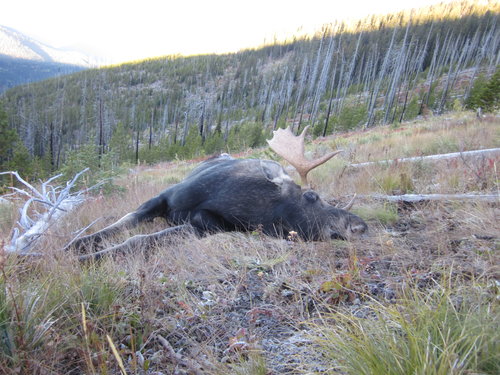El Jason
Well-known member
To clarify my earlier comments, I am not arguing logging should not have taken place. It is what it is. Large scale clear cutting was a standard at that point in time, and inarguably deer, elk, and moose hunters benefited as a result. Was this benefit enough to outweigh the loss of caribou? I don't know. I guess it depends on what perspective you are looking at it from. I highly doubt we can recreate an intact ecosystem that would support caribou, and even if we could, would it be worth the cost? I don't know the answer to that either.
What I do know is that it's highly disingenuous of sportsman to jump up and down and scream about the wolves and cougars, and how they eradicated a special species like the caribou, when the reality is the damage has been done for many years. Sportsman enjoyed the benefits from and cheered on the practices or clearcutting that ultimately led to the demise of the caribou. I'm not suggesting we live in 20/20 hindsight. I'm suggesting we be honest with ourselves about this.
What I do know is that it's highly disingenuous of sportsman to jump up and down and scream about the wolves and cougars, and how they eradicated a special species like the caribou, when the reality is the damage has been done for many years. Sportsman enjoyed the benefits from and cheered on the practices or clearcutting that ultimately led to the demise of the caribou. I'm not suggesting we live in 20/20 hindsight. I'm suggesting we be honest with ourselves about this.







